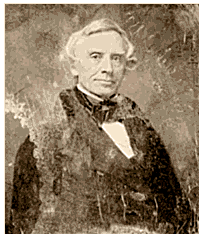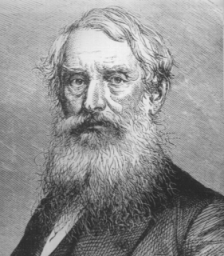
In 1837, Samuel Morse stops painting and finishes inventing the telegraph
http://inventors.about.com/library/inventors/bl_morse_timeline.htm
1837 - In the spring, Morse shows Dr. Gale his plans for "relays," where one electric circuit is used to open and close a switch on another electric circuit further away. For his assistance, the science professor becomes part owner of the telegraph rights. By November, a message can be sent through ten miles of wire arranged on reels in Dr. Gale's university lecture room. In September, Alfred Vail, an acquaintance of Morse, witnesses a demonstration of the telegraph. He is soon taken on as a partner with Morse and Gale because of his financial resources, mechanical skills, and access to his family's iron works for building telegraph models. Dr. Charles T. Jackson, Morse's acquaintance from the 1832 Sully voyage, now claims to be the inventor of the telegraph. Morse obtains statements from those present on the ship at the time, and they credit Morse with the invention. This is the first of many legal battles Morse will face. On September 28, Morse files a caveat for a patent for the telegraph. After completing his last paintings in December, Morse withdraws from painting to devote his attention to the telegraph. The Englishmen William Fothergill Cooke and Charles Wheatstone patent their own five-needle telegraph system. The system was inspired by a Russian design of an experimental galvanometer telegraph.
http://www.rod.beavon.clara.net/samuel.htm
photos

